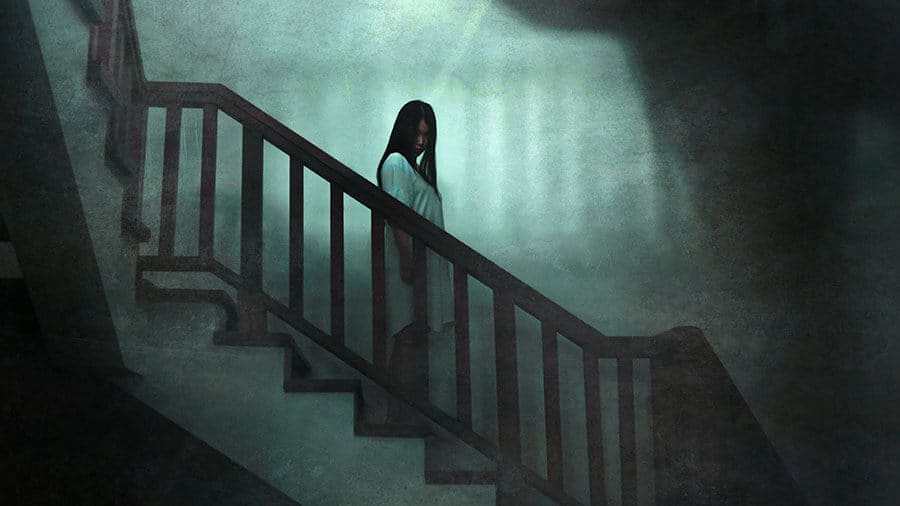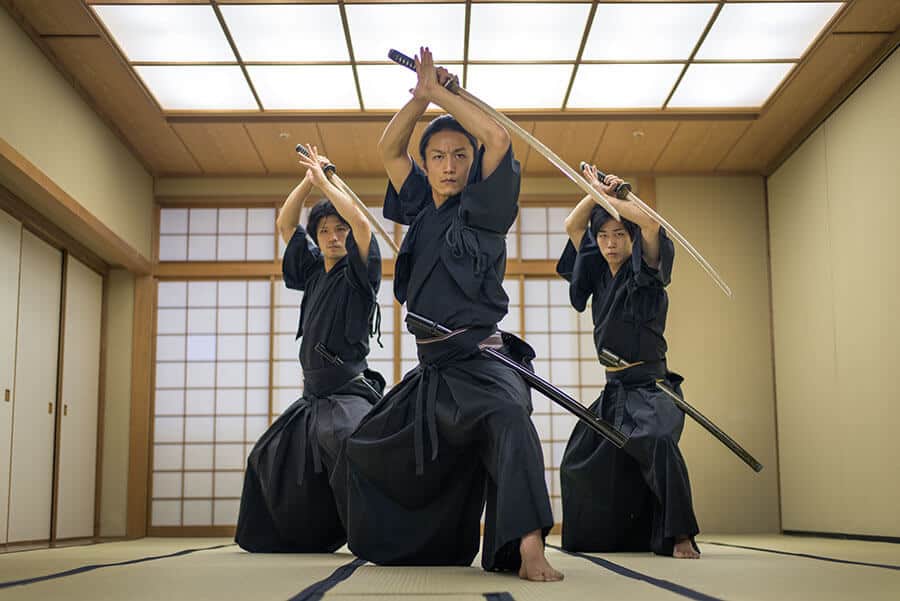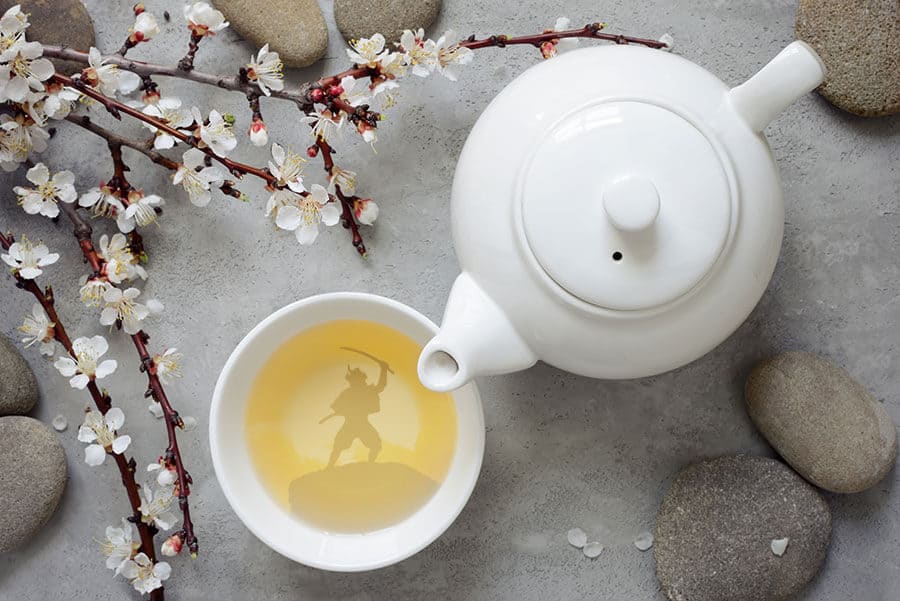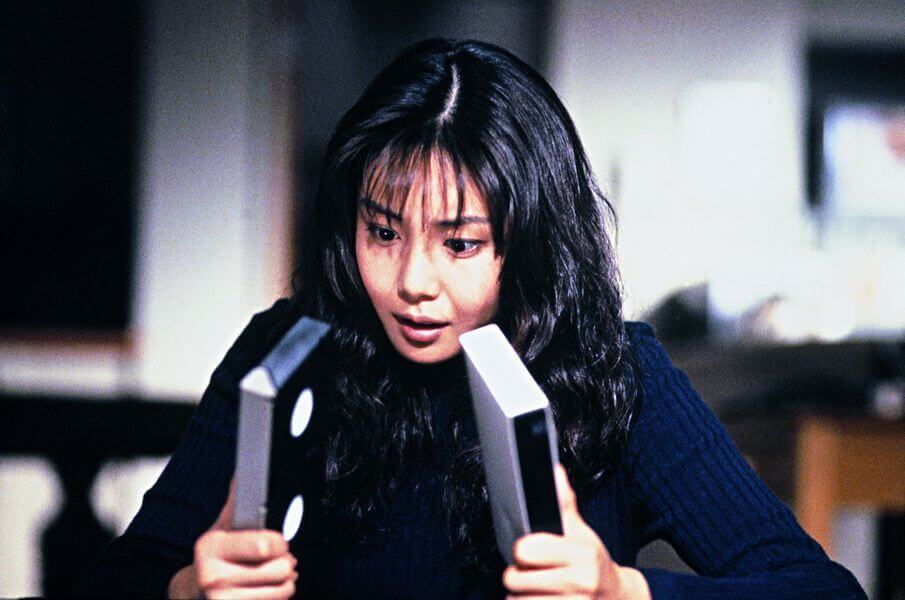Japan is one of the most exotic countries in the world,a place where every single ritual, each calibration of social position is connected with ancestors by its historical roots. And Japan is a place where traditional legends and tales have been adapted to conform to the fundamental schematic of contemporary horror movies.Today, we are used to seeing ghosts and monsters brought to the screen by computer graphics, which no longer frightens us. But the powerful genre of cinematography was influenced, in the past, by rich folk stories – in an exemplary way in “Kaidan” (Kwaidan), which marked the beginning of the J-horror era.
Nowadays the horror film industry is similar to a well-shot action movie or science fiction. It is no longer possible to surprise the viewer simply with a ghost appearing in the corner, or by a creak in the attic. A feeling of anxiety must be established at the very beginning and not leave the viewer till the end of the film. This always demands graphics, enhanced audio effects, and stories from life experience. Often the last are replaced, in Japan, by the legends of the ancestors. In this article, we will talk about Kwaidan.

J-horror, or Japanese horror, appeared in the Edo era. The legends of ghosts, revenge, and punishment were called Kwaidan or `weird stories`. Their distinctive feature was the lack of blood and murder. The plots were built on domestic lines, and the main goal was to frighten the listener with mystical forces and supernatural phenomena. Without violence and cruelty. In general, they were often told to children. The NOH and KABUKI theaters also influenced the development of J-horror culture. The first plays with mystical motives were released precisely on the stages of theaters.
Monsters, exorcism, devils, and nightmares
The film industry underwent a great transformation after World War II, when western influence came Asian society. At the same time, both the impetus for the development and the total restructuring of folkloric cinema brought fresh air into the plots. There arose `pink horrors`, `erotic horrors`, including murders and gore. After the nuclear bombing in Hiroshima and Nagasaki, many films acquired a psychological context: walking mutants, radiation mushrooms, and toxic rains. The culture of cinema was formed against a backdrop of the events that left a profound imprint on the life of the country.
The earlier Japanese traditions didn`t disappear from the plots as the Western ones arrived on the scene. Rather, they transformed themselves into more modern phenomena: monsters, exorcism, devils, and nightmares. With the echoes of Japan’s transformation in the background, the world saw “The Ring” (Ringu 1998), “The Grudge”, and “Dark Water”, which became iconic in the late ‘90s and early 2000s. Having received an invigorating jolt from European and American cinema, the Japanese horror sector has grown into an independent genre, with unique stories and distinctive features – above all, the supernatural legends of Kwaidan at their heart.
4 segments of `Kwaidan`
In 1964, director Masaki Kobayashi united four folk legends in one, full-length film, “Kaidan”. And in 1966 he was recognized with an Oscar. The plot was based on Japanese fairy tales and legends from the Irish-American prose writer Lafcadio Hearn. There were four folklore segments, all featuring ghosts and spirits from different aspects of Asian culture: daily chores, culture, religion, and samurai warriors.
Segment 1: `Kurokami`
A Samurai warrior from Kyoto abandons his wife, a weaver, for a wealthy wife and career advantage. He marries the daughter of a rich nobleman. But the second wife is not as kind as the first one. Imperious and narcissistic, despotic by nature. The longer he stays beside her, the more he thinks about his first wife, who possesses his conscious hours.
Returning back to Kyoto, he finds his house dilapidated. The piles that served as a foundation have fallen apart, grass sprouts from the floor. The yard is completely abandoned. Entering the house, he sees his wife weaving silk. He repents for a long time and is forgiven. Waking up in the morning, no human is beside him, but a skeleton with long black hair is lying next to him. Scared, he turns into an old man.
The legend tells of the avenger spirit. As you know, the meaning of ghosts, which often avenge their offenders from the world of the dead, are based in the Kaidan.
Segment 2: `Yuki-Onna`
This is a story about lumberjacks and the ghost of Yuki-Onna – an ancient mythological spirit who lives on the island of Honshu. In a fierce winter, the lumberjacks lose their bearings in the forest. An elderly man dies. A young man is saved by Yuki-Onna, who is the ghost of ice and cold.
Rescuing him because of his handsome appearance, she forbids him from telling anyone about what has happened. Otherwise, a hard death awaits him. One year later, the young lumberjack marries a beautiful girl, Yuki-Onna. They have three children. One evening, an ice ghost comes to him in an apparition. The young man has not kept the old secret and has told her about it. In an instant, she turns into the ice lady and threatens him with death. Because of their children, the young lumberjack lives, in order to care for the children. But Yuki-Onna is gone forever.
Segment 3: “Miminashi Hôichi no hanashi”
This legend is about samurai warriors and the Emperor, who, after a battle, dies at sea. The imperial servants and the Ruler himself turn into ghosts. And on the battlefield, many years later, is built a temple to Buddha. In this temple there is a monk – Hôichi. A blind servant helps the priest keep an eye on the temple. He sings about the battles of the samurai. One evening, the spirit of a warrior comes to him and invites him to sing for the Emperor. Accepting the request, Hôichi plays and sings for the servants and ruler through an entire night. This continues until other ministers in the monastery notice his fatigue. Each time, after singing, life forces leave him and turn him into one of the living dead.

The priest writes holy letters on his body to protect him and orders him not to respond at all if the spirit visits again. At night Hôichi is silent. The spirit comes into the house, and Hôichi becomes transparent – the magical effect of prayers. Since there are no hieroglyphs on the ears, the spirit tears off the ears and sacrifices them to his Emperor. Since then, Hôichi has been nicknamed the Earless. And many nobles come from all over Japan to listen to his stories.
Segment 4: “Chawan no naka”
This story is about a writer who sees the reflection of a samurai in a cup of water or tea that he drinks. One evening, the ghost of the samurai appears before the writer, but he pretends not to recognize him. Waving his arms, the writer is not able to kill him, as his bodiless substance disappears each time the sword strikes. In the end, the writer orders his guard to find the ghost of the samurai. But no one finds him. The next evening, three samurai servants come to the writer; and he, in a rage, tries to kill them. But since the spirits are incorporeal, he cannot do this. During the fight, the writer loses his mind. When a publisher visits him at the New Year, the writer is found drowned in a barrel of water.

“Kwaidan” captivates viewers with its colors. One can observe all the motifs of eastern culture, such as the images on porcelain cups and plates. Samurai and geisha, girls in kimonos, Buddhist temples. Since the film is closely connected with folklore, the life of ancient Japan is perfectly shown here, from the interiors of houses to urban landscapes. The film belongs among the horror movies, but not quite in reality. Accurate and detailed, it conveys the foundations of legends about paranormal phenomena, upon which the modern J-horror industry has actually been built.
With this article, we are turning the page and moving on from Japanese cinema. There are a lot of interesting movie stories ahead. Next week, a new block of thematic reviews is beginning. See you!
Title photo: MovieStillsDB
Photos: Shutterstock / edited by: Martina Advaney
Read more reviews from the author.
What Hayao Miyazaki Has Been Saying to Us: Echoes from Adulthood
Support us!
All your donations will be used to pay the magazine’s journalists and to support the ongoing costs of maintaining the site.
Share this post
Interested in co-operating with us?
We are open to co-operation from writers and businesses alike. You can reach us on our email at [email protected]/[email protected] and we will get back to you as quick as we can.









